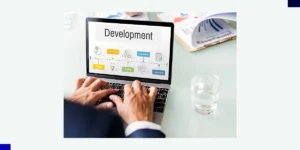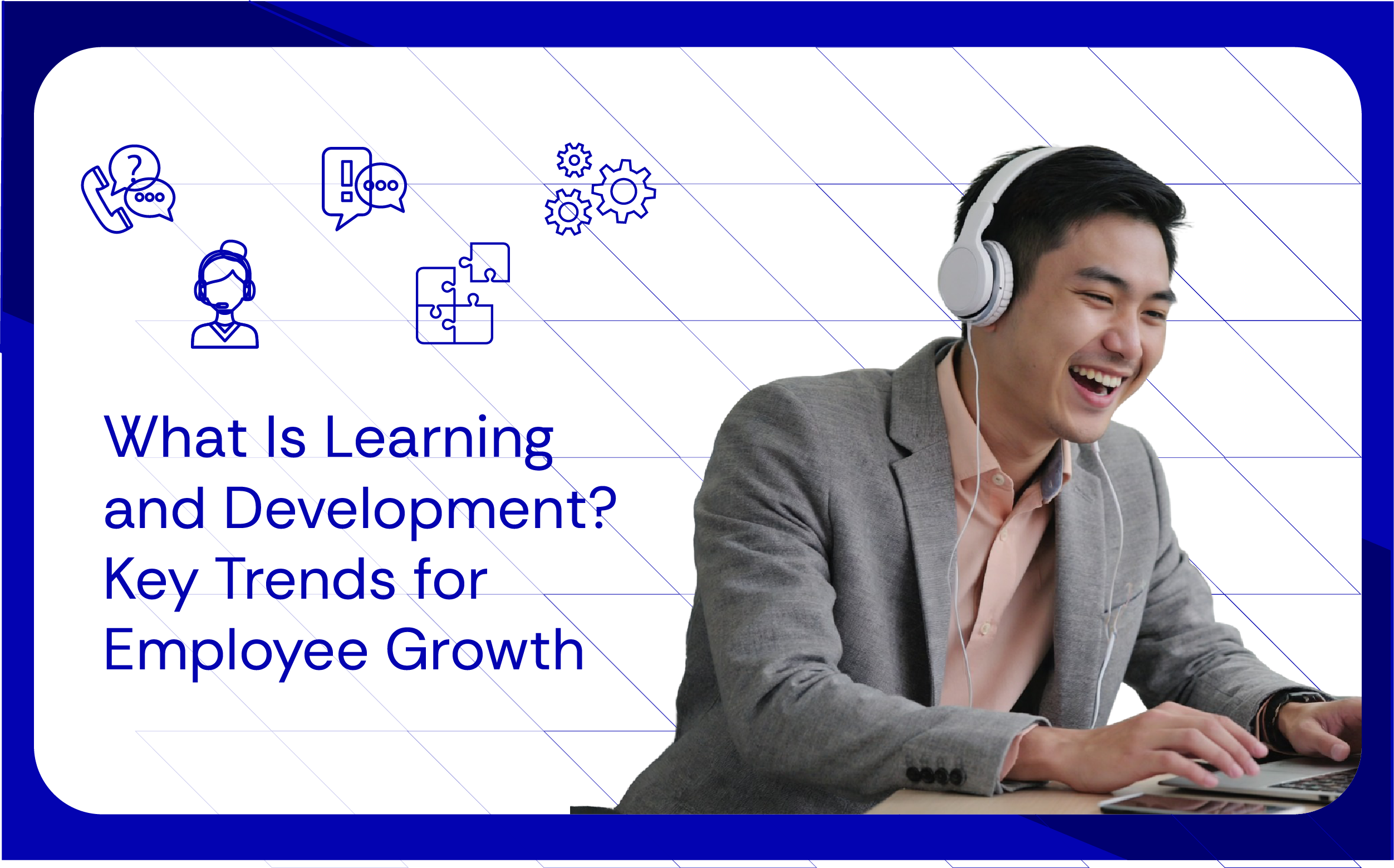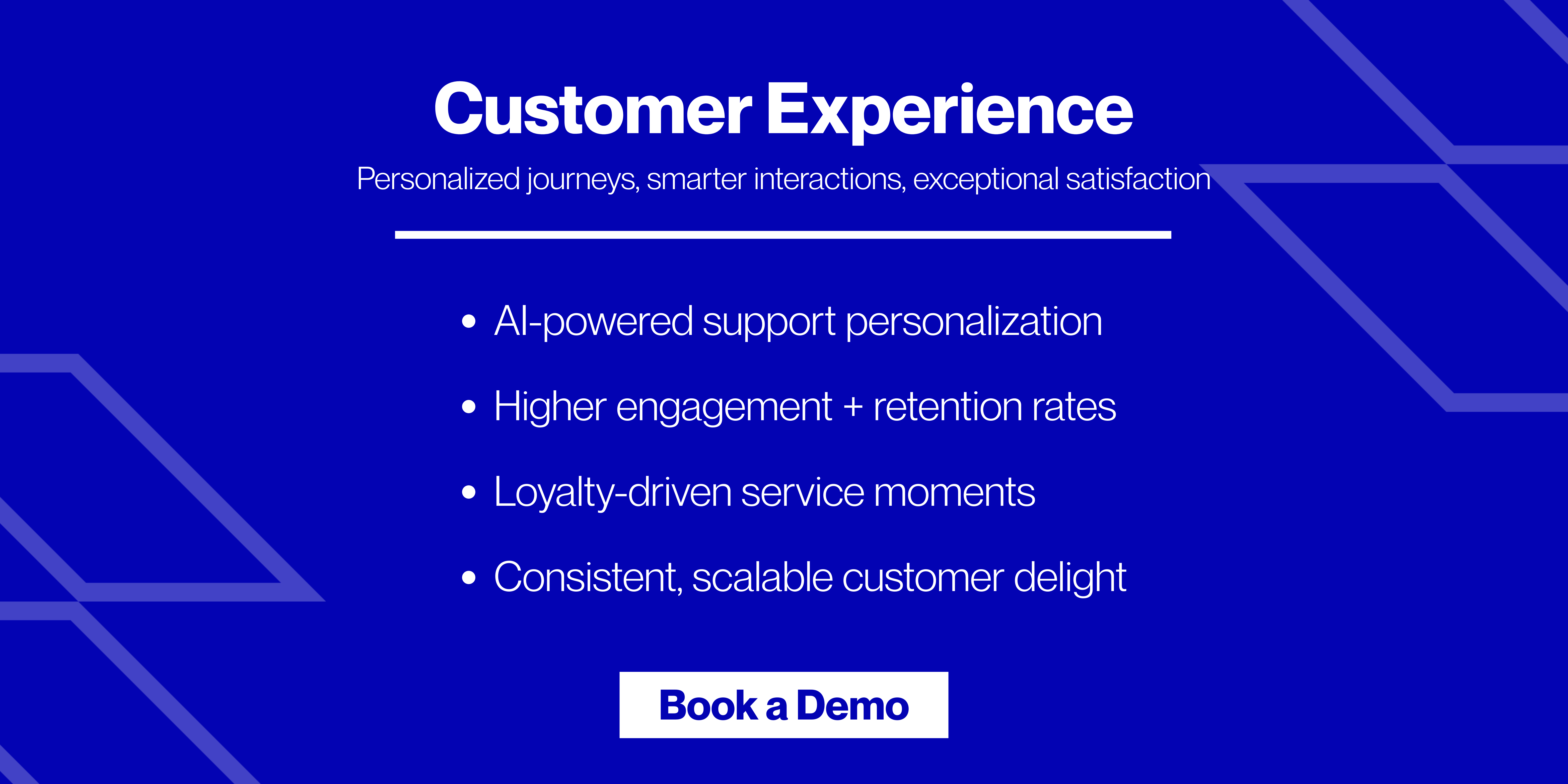Key Takeaways:
- HR Learning and development (L&D) is a key HR function that fuels employee growth, engagement, and long-term business success.
- Continuous, personalized, and digital-first learning is now the gold standard in effective L&D programs.
- HR teams must align L&D initiatives with business goals to drive measurable performance improvements.
- The best L&D strategies evolve with your workforce, backed by data, leadership support, and a culture of learning.
What Is Learning and Development (L&D) in HRM?

Employee growth isn’t just a nice-to-have anymore. In today’s fast-moving, ever-evolving workplace, especially in 2025, people want more than just a paycheck. They want to grow. They want to level up. They want to feel like their job is taking them somewhere. That’s exactly where learning and development (L&D) learning and development in HR comes in.
At its core, learning and development in HRM is about structured employee growth that directly ties to business outcomes. For consumer brands and D2C companies competing in the US, UK & Australia, HR and CX leaders like VP, Director or Senior Manager rely on L&D to strengthen teams that drive customer satisfaction and retention. L&D is all about growth. Not just for the company, but for the people who show up every day and do the work. Learning and development is the ongoing process of helping your team learn new skills, expand their knowledge, and grow professionally in ways that actually matter to them and to the business. What is L&D in HR? It isn’t just a fancy buzzword — it’s really the heart and soul of a future-ready workforce.
But here’s the catch: it’s not a one-and-done training session. L&D in 2025 is continuous, personalized, and flexible. It’s built into the flow of work, not shoved into a PowerPoint once a year.
And it’s more important than ever. Why? Because:
- Technology is evolving fast, and so are the skills we need.
- Employees (especially Gen Z and millennials) expect growth opportunities as part of the deal.
- Businesses that don’t invest in L&D in 2025 fall behind quickly.
This particularly works for consumer brands and D2C companies operating in competitive markets like the US, UK and Australia. Leaders in customer support and customer experience range from VPs to Directors know that success hinges on upskilled, empowered teams.
With the right mindset, tools, and strategy, any organization can create a culture where learning is just part of the way you work. So if you’re in HR, managing a team, or just wish to work at a more engaged, future-focused workplace, pull up a chair. We’re breaking down what learning and development is really about, why it matters in 2025 more than ever, and what L&D trends are shaping the future of work.
Why Learning and Development Matters in Human Resource Management (HRM)
We’re living in a world where job descriptions evolve overnight, new tools hit the market every week, and yesterday’s skills aren’t guaranteed to be useful tomorrow. That’s not an exaggeration—it’s reality. Research by Gartner shows that 30% of the skills needed for a job now become irrelevant within 3 years.
So what does that mean for your team? If they’re not continuously learning, they’re falling behind. And if you’re not helping them grow, they’ll find someone who will.
For companies with 5+ employees and $5M+ revenue, particularly in D2C industries where CX is a differentiator, L&D has become a business strategy.
But here’s the good news: L&D isn’t just good for your employees—it’s great for your business too. Let’s break it down:
- Retention: People stay where they grow. Nothing makes people start job hunting faster than feeling stuck. In fact, a 2019 study by LinkedIn found that 94% of employees would stay longer at a company that invests in career development. Not foosball tables or free snacks. Growth.
- Performance: This one’s a no-brainer. When people know how to do their jobs well, they do their jobs well. And when they’re trained on the right skills—like new tech, better communication, or smarter processes? 68% of businesses report performance gains from structured L&D.
- Engagement: Even the most passionate employee will check out if they’re not challenged. Learning keeps things fresh. L&D gives people new things to learn, explore, and apply. It makes the job feel dynamic, not static. That means more curiosity, more motivation, and way less quiet quitting.
- Future-proofing: The companies that win tomorrow are the ones preparing today. Upskilling and reskilling aren’t just nice-to-haves—they’re how you adapt to change. Whether it’s AI, remote work, or emerging tech, L&D helps your team pivot with confidence instead of panic.
Key Trends in Learning and Development HR Leaders Should Know

L&D is evolving fast. Today’s employees want flexible, relevant, and continuous learning, and the smartest HR teams are delivering just that. Here are the top trends shaping the future of learning and development in HR:
- Continuous learning is the new normal: Training in 2025 is all about ongoing development that happens in real time. Think microlearning modules, quick how-to videos, learning-in-the-flow-of-work, Slack-integrated tips, and bite-sized mobile content. Build learning into daily routines. A 10-minute podcast, a short interactive quiz, or a peer learning session can go a long way because people retain more when they learn a little every day and not when they’re cramming once a year for compliance points.
- Soft skills are in the spotlight: In a world where AI and automation are handling more of the technical stuff, soft skills are your secret weapon. That includes skills such as emotional intelligence, leadership, cross-functional communication, problem-solving, and adaptability. These skills are what make teams gel and managers great. And the best part is that they’re totally trainable.
- Digital learning is here to stay: From e-learning platforms to mobile apps, webinars, podcasts, VR, and even gamified learning, employees want to learn when and where it works for them. No more dragging people into a conference room. Now, you can deliver high-quality training anytime, anywhere.
- Personalization is key: Employees want L&D paths that match their roles, goals, and skill gaps. The best learning and development in human resource management now includes adaptive learning, where content evolves based on the learner’s pace, strengths, and feedback. It’s like Netflix…but for professional growth.
- Data is driving decisions: Modern HR learning and development strategies are backed by data, from course completion rates to engagement scores to performance impact. Want to prove your L&D program’s ROI? Start tracking:
- Skill acquisition over time
- Employee retention post-training
- Impact on productivity or team collaboration
- Feedback scores from learners
What Makes a Great L&D Program in HRM?
Let’s be honest, slapping together a few generic courses and calling it a day? That’s not going to cut it as a L&D program anymore. If you want your L&D strategy to stick, motivate people, and drive real business results in 2025, here’s what needs to be in the mix:
- Clear goals: Start with this question: What business problem are we trying to solve with learning? Is your sales team missing their targets? Are new managers struggling to lead? Is your tech team falling behind on the latest tools? Great L&D programs don’t just train for the sake of training—they’re laser-focused on solving real challenges and driving outcomes that matter. That means defining the skill gaps you’re addressing, what success looks like, and how you’ll measure progress. Another great strategy is to align your L&D goals with team OKRs or company-wide priorities. That way, you’ll get leadership buy-in and prove the value faster.
- Practical, job-relevant learning: The best learning and development HR teams know that no one wants to sit through hours of theory that doesn’t apply to their jobs. If you’re teaching customer service reps, include real-life scenarios. If you’re training new managers, use role-plays and tough convo simulations. The more relatable and immediately usable the content is, the more likely it’ll stick.
- Support from leadership: Learning has to be part of the culture. If managers actively participate in training, talk about their own growth, and encourage their teams to learn, that’s when learning becomes part of the culture. Getting buy-in and involvement from managers on the L&D mandate is a critical element of building a strong L&D strategy, as even now, research says that only 29% of managers currently measure L&D’s impact. An L&D best practice is to involve managers in designing or co-delivering some training. Their voice adds credibility—and it shows they’re all in.
- Opportunities for feedback, reflection, and real growth: Learning isn’t just watching videos or completing modules. It’s about transformation. That means building in moments for reflection, application and feedback. Encourage team discussions. Build peer coaching sessions. Create follow-ups after training so learning doesn’t die in a vacuum.
- Room to grow: Whether someone’s just starting out or gunning for a leadership role, there should be clear paths for growth. Offer tiered programs, self-paced learning, mentorship tracks, and tools for building a personal development plan. Let people see a future with your company, and give them the skills to get there.
Learning and Development Is Business Strategy

Learning and development isn’t a “nice to have” anymore. It’s the heartbeat of a modern, thriving workplace. For growing consumer brands and D2C companies, L&D builds resilient organizations that deliver superior customer experience. Because when your team grows, your business grows. When your people feel supported, they perform better. And when employees can actually see a future with you, they stick around to help build it.
That’s the real power of learning and development in HRM—it drives engagement, fuels performance, and builds a culture where growth isn’t just encouraged, it’s expected. So, if you’re serious about staying ahead of the curve, then L&D isn’t a side project. It’s your business advantage. And that’s what we believe in, too.
At Atidiv, learning and development is built into everything we do. We’re not just building outsourced teams for businesses—we’re building a culture where every employee, no matter where they’re based, is empowered to learn, grow, and make a real impact. We help businesses scale smarter with CX outsourcing that blends HR learning and development best practices into everyday operations.
Here’s what it’s like to be part of the team:
- Remote-first culture with global collaboration
- Personalized growth paths and L&D opportunities
- Cross-functional teams where your ideas actually matter
- A fast-growing company where learning drives real career growth
So if you’re looking for a place where development isn’t just encouraged—it’s expected—Atidiv might be your next move.
FAQs on Learning and Development in HRM
1. What is learning and development in HR?
Learning and development (L&D) in HR is all about helping employees grow by giving them the skills, knowledge, and tools they need to thrive in their roles—and beyond.
2. Why is L&D important for employee retention?
Because people stay where they grow! When employees feel like they’re learning and advancing, they’re way more likely to stick around and stay engaged.
3. How has learning and development evolved in recent years?
L&D has gone from static training sessions to continuous, on-demand, and highly personalized learning experiences that actually fit into the flow of work.
4. What are some examples of modern L&D tools?
Think learning management systems (LMS), microlearning platforms, AI-powered upskilling tools, interactive video training, and good old-fashioned mentorship programs.
5. How can small businesses implement effective L&D without a huge budget?
Start small: create a culture of peer learning, leverage free or low-cost digital courses, and focus on job-relevant skills that drive results—no fancy software needed.

